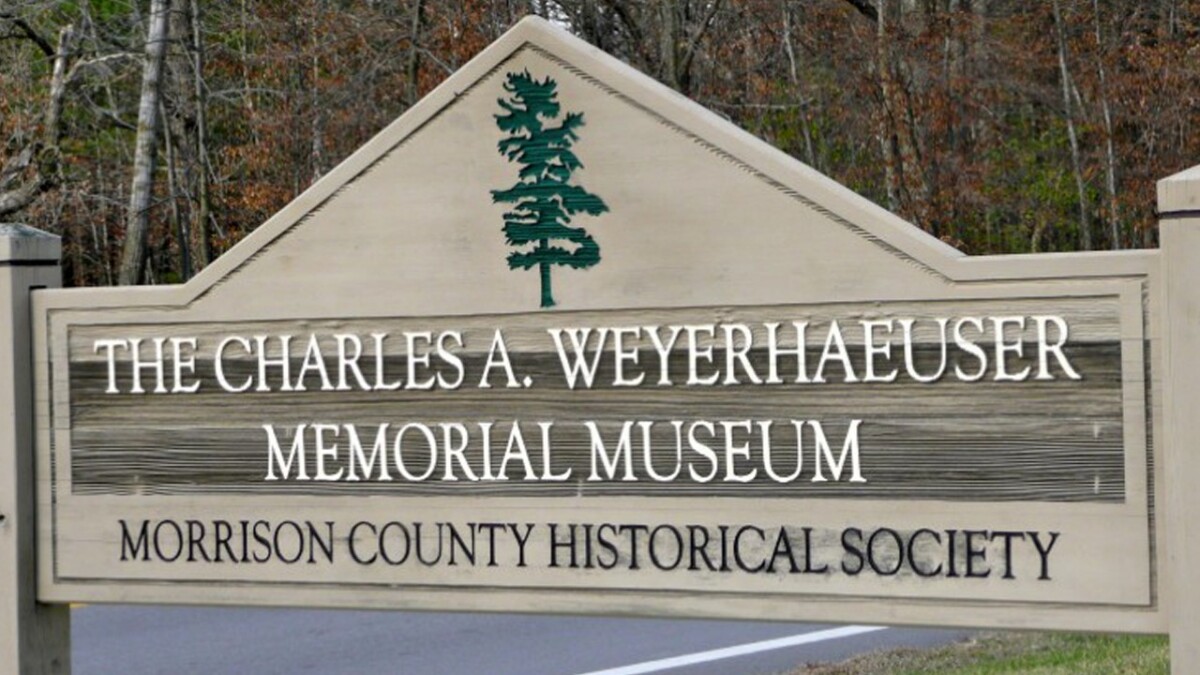Legislative-Citizen Commission on Minnesota Resources (LCCMR) recommends funding for Museum riverbank restoration

27 Jul 2023
Community, News, Infrastructure, Economic Development, Government
The Morrison County Soil and Water Conservation District received support from the Legislative-Citizen Commission on Minnesota Resources (LCCMR) last week when it was selected for inclusion in their annual recommendations to the Minnesota Legislature on how to allocate proceeds from the state’s Environment and Natural Resources Trust Fund.
The Weyerhaeuser Museum Riverbank Restoration Project will aid in mitigating erosion issues on the property of the museum, owned and operated by the Morrison County Historical Society (MCHS), located on Lindbergh Drive South in Little Falls. It will also aid in improving water quality along this section of the Mississippi River and create habitat for fish spawning. If approved by the 2024 Legislature and signed into law by the Governor, the project would begin in July 2024.
“We are thrilled to be included in this year’s LCCMR funding recommended projects list and are appreciative of Shannon Wettstein, Mike Becker, and the staff of Morrison County Soil and Water for taking the lead on this application,” said Camille Warzecha, MCHS Board president. “Their expertise and experience working with LCCMR was vital in the success of the proposal. We also wish to acknowledge the many donors who have contributed already to this project, including Morrison County, the City of Little Falls, and countless individuals, organizations, and agencies. Their support demonstrated local backing of the project, an integral component of the LCCMR application.”
By incorporating a unique method of bank stabilization, the project will significantly reduce the amount of soil and sediment entering the river during heavy rainfalls. Its use of angled jetties will also create critical fish habitat and maintain the overall health of this section of the upper Mississippi River.
More Topics






